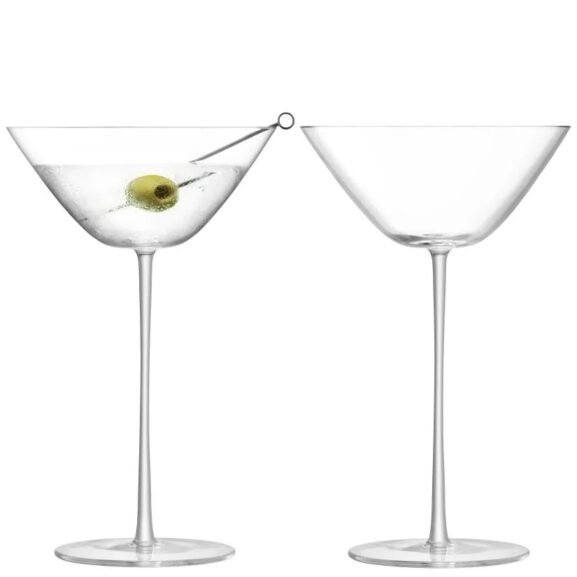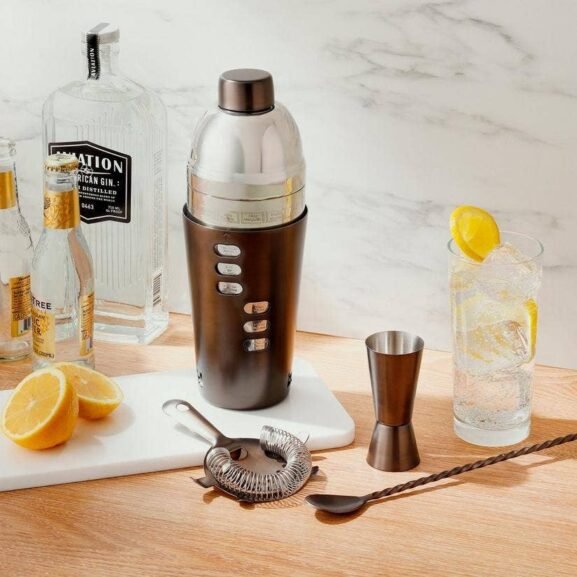What Is Oyster Beer? | Wine Enthusiast
At first blush, the combination of beer and oysters might make some turn up their noses. But those in the know have long appreciated the marriage, not just as a pairing, but in the form of oyster stout or porter.
“Oysters were once so common that they were the food of the poor, and porter was the drink of the poor,” writes historian and journalist Martyn Cornell in his new book Around the World in 80 Beers: A Global History of Brewing. “The two would not have been apart for very long.”
The combination makes sense from a flavor perspective—the sweet, roasty flavors of the dark ale complements the briny mineral flavor of the shellfish.
The pairing was so popular that “oyster and porter” houses were once common in cities like Glasgow, London and New York, where patrons could pair freshly shucked shellfish with pints of dark, roasty ale. Eventually brewers got the idea to just combine the two.
A Brief History of Oyster Beer
By the late 1800s, brewers had also discovered that oyster shells—which are rich in calcium carbonate, a clarifying agent—could be used to filter beer before it was botted. As time went on, oyster meat was added to beer for its flavor.
Cornell says that the first commercial stout with actual oysters in its recipe was made by the Dunedin Brewery Company on the South Island of New Zealand in 1938, using concentrated oyster essence. As word spread, other brewers tried their hands at the style.
“After the Second World War there were a couple more trials of stout brewed with oyster essence in Britain, with the most successful made by the Castletown brewery on the Isle of Man,” writes Cornell. “However, although Manx Oyster Stout was popular in the United States, the product never made a profit, and it disappeared at the end of the 1960s.”
Still found at brewery happy hours and on special menus, oysters remain an ideal snack pairing with beer. “We serve oysters in a simple way, with cocktail sauce and mignonette, and because of its alcohol content, a tripel adds to body to a light taste,” writes Arlin Smith of Maine’s Eventide Oyster Co. in the Craft Brewery Cookbook.
Today, the style remains relatively obscure with only a handful of breweries making beers with oysters. This is due to a number of factors: For one, oysters are no longer inexpensive. Also, concerns about shellfish allergies are significant.
It’s a fun style, nonetheless—one that deserves attention.
How Breweries Today Are Using Oysters
There are several ways to incorporate oysters in beer. Some brewers add the freshly shucked oysters to the boil (which can then become part of delicious lunch afterwards). Others will add them after, during the whirlpool of the brewing process, when the hop pellets and solid particles are separated from the liquid wort. And then there are the folks who choose to rest the beer on shells during fermentation.
Brewers have also moved beyond porters and stouts for their beer base. Nowadays, it’s not uncommon to see oysters in saisons, lagers and India pale ales.
Over the summer, Leveller Brewing Co. in Weaverville, North Carolina, got together with three other local breweries to create The World is My Lager, a smoked lager with pecan and oak smoked malt, brewed on Fat Belly and Grace Point oysters and shells.
“This deep golden-colored lager exhibits an amazingly subtle yet present smoke flavor interwoven with a touch of ocean salinity and brine,” the company noted on a social media post.
There is even an annual celebration of beer and oysters. Les Bon is hosted each September by Good Word Brewing Co. in Duluth, Georgia, to bring together beers and bivalves just like those oyster houses of old.
“The reason I host Les Bon is to shine a light on the things rarely celebrated,” says Todd DiMatteo of Good Word Brewing. “While I don’t think beer belongs on a pedestal to be worshiped, I am completely in love with the hard work, labor and utter obsession that comes with brewing—especially saisons and lagers.”
Where to Find Oyster Beer
Looking to try an oyster beer? We’ve got the deets.
A few things to note: Many oyster beers are released in limited quantities and brewers often don’t stick to a regular release schedule. They’re often only available at the breweries that produce them—and what better excuse for a beer-fueled road trip?
Mermaid Scorn by Benchtop Brewing Company
Mermaid’s Scorn won a Great American Beer Festival gold medal 2017 and Benchtop Brewing Company founder. Head brewer Eric Tennant says it’s “one of the most refreshing beers we make.”
The brewery uses about 200 pounds of whole in-the-shell oysters and adds coriander and fresh lemon zest to round out the flavor profile. “I feel like the oysters add a mild salinity and perhaps an ever-so-subtle addition to the mouthfeel of the beer,” he says.
This is a limited release beer so the best way to see if it’s available is to contact the brewery, which is located in Norfolk, Virginia.
Brackish by Fonts Flora Brewing
This brewery in Morganton, North Carolina, has a number of oyster-accented beers in its arsenal. It releases Brackish, an oyster stout, every November and occasionally brews and releases Brine, a smoked and salted mixed-culture oyster saison. There is also a pilsner called The Pearl that is sometimes released.
“For the stout or porter style, the main theory for the oysters is that the calcium bicarbonate that makes up the oyster shell helps to soften the acrid dark malts,” says founder and creative director Todd Boera. “The saison and pilsner are less common styles to see oysters. We liked both of these styles for oysters to help drive minerality from the shells along with some salinity.”
Check the brewery’s Instagram to see when these beers might be on tap.
Oyster Stout by Samuel Adams
For years now, the famed craft brewer has been making an oyster stout to mark the annual Wellfleet Oyster Festival, which is held on Cape Cod each October. Each batch boasts more than 150 pounds of oysters, which are added to the kettle during brewing.
“We’ve found over the years that where the oysters come from can change the flavor,” says Jennifer Glanville Love, Samuel Adams brewer and the director of partnerships at the Boston Beer Company. “Terroir matters in shellfish, and the beer can highlight different flavors. This is one of my favorite beers to brew.”
Limited release four-packs are available for pick-up at Samuel Adams Boston Brewery until they sell out and online.
Salts Tart Wheat Ale by Upweller Beer Co.
“Salts is quite literally never the same beer twice, as the flavor of the oysters themselves changes throughout the year and from bed to bed, giving the beer differing degrees of salinity, umami and brininess in each batch,” explains Gregory Michael Engert, beer director for Neighborhood Restaurant Group, which operates in Washington D.C., Virginia, Maryland and New Orleans. The beer is brewed by Josh Chapman at Upweller Beer Co. with all Virginia and Eastern Shore ingredients.
Curious drinkers can find the beer on tap at the Right Proper Brewing Company in Washington, D.C., and in bars and restaurants around the Beltway.
Vintage Saisons by Creature Comforts Brewery
While the temptation might be to sip fresh beers alongside your fresh oysters, there is a pleasure that can come from drinking beers that have been aged.The Georgia-based Creature Comforts Brewery has a line of vintage saisons that tend to be soft in acidity, which is complemented by a stone fruit ester.
“With a few years of aging in the cellar, these beers find a slight nuttiness and honey note to join the mix, which to me mimics some of the characteristics you see in an aged Chablis, a wonderful wine for oysters and all around classic pairing,” says Blake Tyres, the brewery’s senior director of curiosity. “The combination of acid, light fruitiness and the nutty notes are so well suited to the salinity and earthy qualities of an oyster that it is a match made in heaven.”
Creature Comforts sells these beers from its taprooms in Athens, Georgia, and Los Angeles.
More Beer Coverage
In the shop
Personalized Beer Stein
In Stock | $60
Published: November 6, 2024

